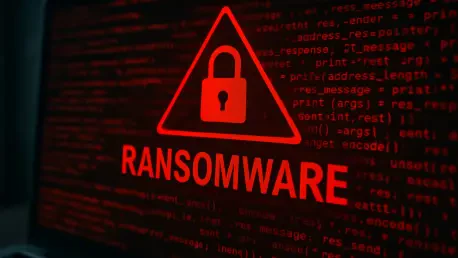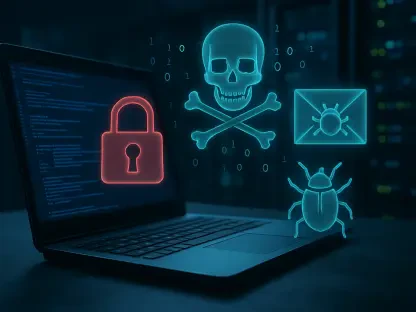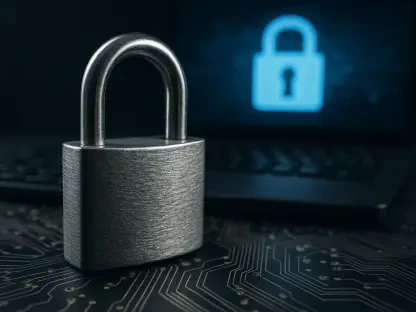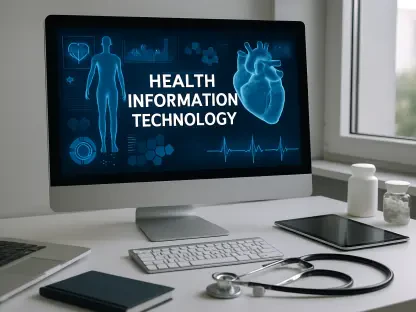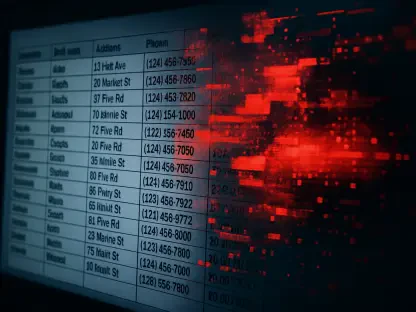In an alarming revelation, the Cybersecurity and Infrastructure Security Agency (CISA) has exposed a critical flaw in SimpleHelp’s Remote Monitoring and Management (RMM) tool that offers an enticing opportunity for ransomware schemes. This vulnerability, identified as CVE-2024-57727, impacts all versions up to and including 5.5.7, allowing cybercriminals to exploit these deficiencies and access sensitive files without needing authentication. Despite the provision of a patch shortly after the flaw was uncovered, numerous systems have yet to be updated, placing them at risk for double extortion and supply chain attacks. As these tools are integral to remote support functions, patching is not just a recommendation but a necessity in mitigating looming threats.
Evolving Threat Landscape in RMM Tools
SimpleHelp’s Vulnerability Witnesses Alarming Exploitation
The vulnerability in SimpleHelp has garnered interest from threat actors primarily due to its integral role in providing remote support, making it a prime target in the realm of cyberattacks. Cybercriminals are keen on exploiting this weakness to infiltrate systems and carry out malicious activities ranging from data theft to full-scale system compromise. Many organizations deploying this version of SimpleHelp are associated with critical infrastructure sectors, signaling potential widespread impact if these systems remain unsecured. Thus, it becomes imperative for managed service providers (MSPs) and vendors reliant on this software to expedite patching and upgrades.
Need for Proactive Defensive Strategies
To counter these escalating threats, organizations must implement comprehensive security measures and proactive strategies. Key among these is the isolation of SimpleHelp servers from the internet, reducing exposure to external threats. Moreover, utilizing software bills of materials (SBOM) can bolster supply chain security by providing greater transparency in the components used within RMM tools. Establishing effective backup procedures serves as a foundational measure, ensuring crucial data restoration in the event of a ransomware attack. Additionally, securing remote desktop protocols (RDPs) is critical, creating layers of protection that can thwart unauthorized access attempts.
Strategic Approach to Cybersecurity Amid Rising Threats
Collaboration and Communication as Defensive Pillars
As vulnerability within RMM tools like SimpleHelp becomes evident and the appeal to attackers grows, it’s vital for organizations to maintain robust and consistent communication with third-party software vendors. This ensures that security measures remain adequate and can efficiently counter evolving threats. Through collaborative efforts, both vendors and users gain the ability to share insights on emerging vulnerabilities and devise timely interventions. This proactive approach can mitigate risks significantly by identifying potential threats before they can manifest into damaging breaches.
Reconsideration of Ransom Payments
CISA strongly advises against paying ransoms to extortionists due to the risks associated with perpetuating ransomware cycles and potential future attacks. Paying ransoms not only encourages cybercriminals but also does little to guarantee the recovery of compromised data or the prevention of subsequent intrusions. Instead, organizations should invest in reinforcing security infrastructures by deploying technologies that allow for real-time monitoring and rapid incident response. By implementing these preventative measures, firms can deter attackers while ensuring secure environments for their data and operations.
Conclusion: Toward Resilient Cybersecurity Practices
The Cybersecurity and Infrastructure Security Agency (CISA) has uncovered a significant vulnerability in SimpleHelp’s Remote Monitoring and Management (RMM) tool that could be exploited by ransomware attackers. This security flaw, designated as CVE-2024-57727, affects all software versions up to and including 5.5.7. This flaw allows cybercriminals unauthorized access to sensitive files, making it a lucrative target for malicious activities. Although a patch was quickly released after the discovery, many systems remain unpatched, exposing them to potential threats such as double extortion and supply chain attacks. RMM tools are crucial for remote IT support, meaning that addressing this issue through timely patching is not merely optional but crucial to preventing future breaches and threats. In an era where cyber threats are increasingly sophisticated, proactive security measures are indispensable. Organizations must prioritize the installation of updates to protect their systems and data against exploitation.
